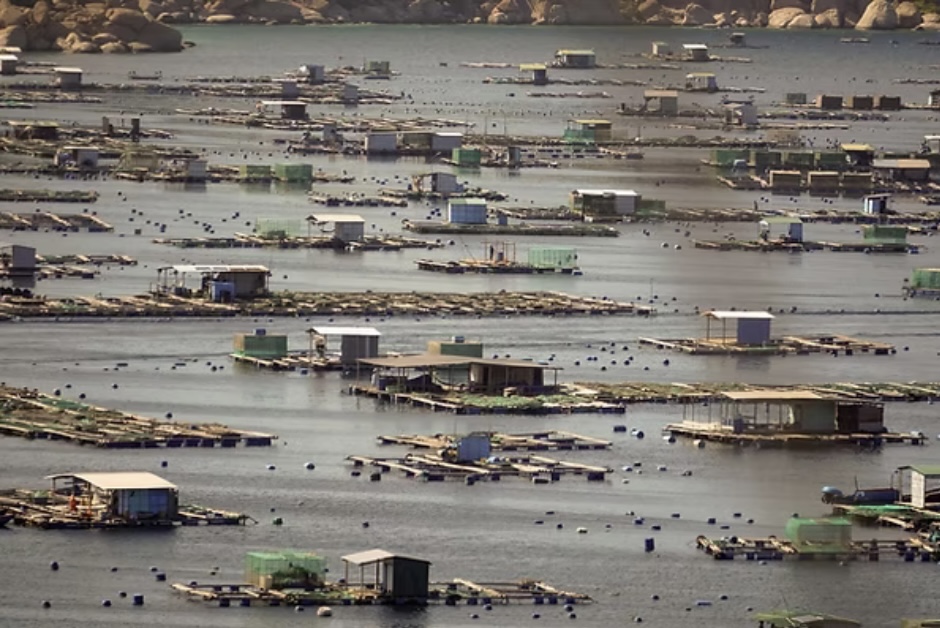Launched after the catastrophic floods in Croatia in 2014, the VEPAR project by Hrvatske vode and DHMZ aimed to enhance flood monitoring and prediction by modernizing over 630 hydrological stations with advanced Geolux equipment, including radar sensors, cameras, and smart dataloggers, to improve early warning systems and disaster response.
Background
In 2014, devastating floods hit the town of Gunja, Croatia, resulting in the loss of life, homes, and infrastructure. The disaster was caused by heavy rainfall and swollen rivers that burst two dams more than 25 km apart. Croatia responded by launching initiatives to prevent similar events, including the VEPAR (Vodno Ekološko Praćenje, Analize i Rješenja) project. With a budget of €33 million, VEPAR sought to strengthen flood prediction, early warning, and response capabilities. The project was carried out by Hrvatske vode and DHMZ, co-financed by the EU’s European Regional Development Fund.
Project Breakdown
Through 11 subprojects, VEPAR:
- Collected and systematized missing hydrological data
- Modernized and upgraded 630+ monitoring stations
- Improved flood prognostic models
- Enhanced flood risk management studies
- Procured new monitoring equipment
- Launched public education initiatives
A major component was the modernization of hydrological stations with radar-based sensors for accurate water level and flow data, additional cameras for situational awareness, and water quality sensors. Geolux provided LX-80 radar level sensors, RSS-2-300WL radar flow meters, SmartObserver dataloggers, HydroCam cameras, and HydroTemp sensors.
Geolux HydroStations
Geolux introduced preassembled HydroStation packages, including mounting assemblies, enclosures, solar panel holders, and radar instruments. These units reduce installation to under an hour and can be expanded later with additional instruments.
Critical stations use two redundancy levels:
- Equipment redundancy — dual independent sets with separate power, dataloggers, and instruments (radar + bubbler sensors).
- Communication redundancy — primary GSM/4G links with LoRaWAN backup for continuous data during disasters.
Smart Software
Geolux HydroView software centralizes data collection, visualization, and management. Key features include:
- Remote diagnostics and equipment management
- Customizable dashboards and groupings
- Dynamic measurement intervals (e.g., switch from 15 to 5 minutes when levels rise)
- Remote firmware updates
- Visual site inspection with HydroCam
- Advanced discharge calculations (rating curves, Parshall flume, velocity methods)
Conclusion
The VEPAR project demonstrates Croatia’s proactive approach to flood risk management. By modernizing over 630 stations with advanced Geolux solutions, the project provides accurate, real-time data for preventing and responding to disasters. Its integrated technologies place VEPAR among the most advanced hydrological monitoring systems worldwide, serving as a model for other nations.
